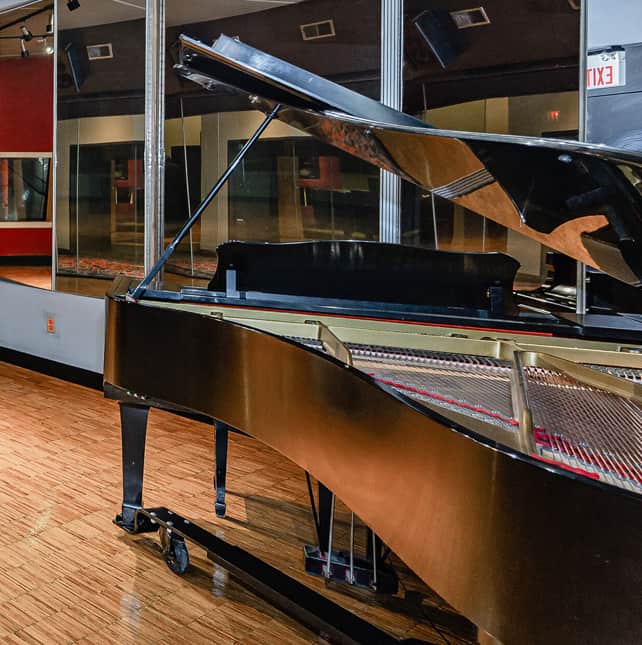In the world of film and television production, many steps are involved in bringing a script to life on screen. One crucial part of this process is ADR (Automated Dialogue Replacement) recording. ADR recording is a post-production technique where dialogue that was not properly recorded during filming is re-recorded in a studio. This technique is vital for ensuring that the final product has high-quality audio that matches the visual content seamlessly. Let's delve into the importance of ADR recording in the entertainment industry.

The Process of ADR Recording
How ADR Recording Works
- During ADR recording, actors watch the scenes they need to re-record on a screen while listening to the original audio through headphones.
- They then re-perform their lines, matching the lip movements of their on-screen characters as closely as possible.
- A skilled audio engineer supervises the session, ensuring that the new dialogue seamlessly integrates with the existing audio track.
When ADR Recording is Necessary
- When there is background noise or technical issues that affect the clarity of the original dialogue.
- If there are inconsistencies in the performances or delivery of lines that need to be corrected.
- For scenes where the actor's face is not visible or when a character is speaking off-camera.
The Importance of ADR Recording
Enhancing Audio Quality
- ADR recording allows for dialogue to be re-recorded in a controlled environment, resulting in clearer and more consistent audio quality.
- It helps eliminate background noise or unwanted sounds that may have been present during filming.
Ensuring Seamless Dialogue
- By re-recording dialogue in ADR sessions, filmmakers can ensure that the new audio matches the lip movements of the actors on screen.
- This creates a more seamless viewing experience for the audience, without any noticeable discrepancies between the visuals and audio.
Improving Performance
- ADR recording allows actors to revisit their performances and make necessary adjustments to deliver their lines more effectively.
- It provides an opportunity for actors to enhance the emotional depth and clarity of their dialogue delivery.
Challenges of ADR Recording
Lip-Syncing
- Matching the new dialogue to the lip movements of the actors on screen can be a challenging task that requires precision and skill.
- Actors and audio engineers must work closely together to ensure that the lip-syncing is accurate and natural.
Maintaining Performance Consistency
- Ensuring that the re-recorded dialogue matches the original performance in terms of tone, emotion, and delivery is crucial for maintaining consistency throughout the film or show.
- Actors must be able to replicate their performances authentically to preserve the integrity of the character.
The Role of ADR in Different Genres
ADR in Action Films
- Action sequences often have a lot of background noise and heavy use of visual effects, making ADR essential for clarity in dialogue.
- ADR allows for actors to re-record lines that may have been drowned out by explosions or other loud sounds during filming.
ADR in Animated Films
- In animated films, voice actors record their dialogue before the animation is created, but ADR may still be necessary for fine-tuning performances.
- ADR can help match the dialogue more precisely to the character animations, creating a more cohesive final product.
Conclusion
From script to screen, ADR recording plays a crucial role in ensuring that the audio quality of a film or television show meets the highest standards. By allowing for clear and seamless dialogue that enhances the viewer's experience, ADR recording has become an indispensable tool in the entertainment industry. Whether it's correcting technical issues, improving performance, or enhancing overall audio quality, the importance of ADR recording cannot be understated in the world of media production.